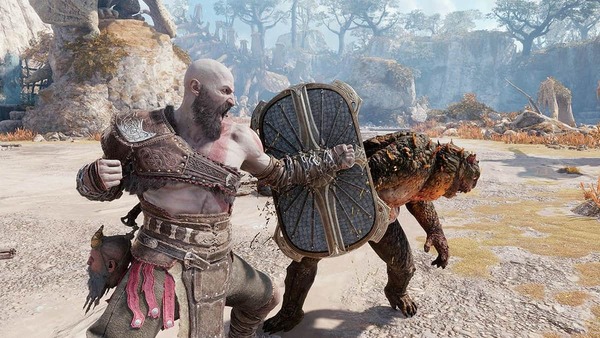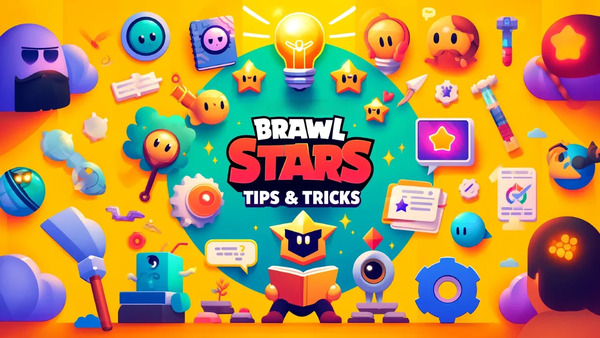In the ever-growing genre of survival sandbox games, Core Keeper has emerged as a standout indie title. Developed by Pugstorm and published by Fireshine Games, Core Keeper invites players into a procedurally generated underground world filled with ancient technology, mysterious creatures, valuable resources, and secrets buried deep within the core of the earth. What sets it apart from the crowded indie landscape is its seamless fusion of survival mechanics, base-building, RPG progression, and co-op gameplay—all wrapped in a charming pixel-art style.
In this in-depth article, we’ll take you through Core Keeper’s development timeline, core mechanics, pacing, gameplay systems, design choices, and community reception. Whether you're a new player or a seasoned spelunker, this article offers a complete perspective on what makes Core Keeper worth your time.
1. The Genesis of Core Keeper
A Humble Indie Beginning
Core Keeper entered the gaming scene in early 2022 as an Early Access title on Steam. Pugstorm, a relatively small Swedish indie studio, envisioned a game that blended the endless exploration of Terraria, the resource-based survival of Don't Starve, and the cooperative spirit of Minecraft.
Influences and Inspirations
The game clearly draws inspiration from pixel-art sandbox and dungeon-crawler titles but mixes them with modern survival crafting sensibilities. The focus on underground exploration rather than open-world terrain gave it a distinct thematic identity.
Early Access Strategy
By launching in Early Access, Pugstorm aimed to involve the community in the game's evolution, releasing regular content updates and expansions based on feedback—a decision that paid off with overwhelmingly positive reviews.
2. Getting Started: Awakening at the Core
The Player's Journey Begins
You wake up in a mysterious underground cavern, drawn toward a pulsing relic known as "The Core." With little more than a pickaxe and the will to survive, players must navigate and expand their surroundings, creating a home in the hostile underground.
Procedural Generation & Replayability
Each playthrough is unique, with the underground terrain procedurally generated—ensuring that no two expeditions are ever the same. Biomes, resources, and enemies vary, adding infinite replayability.
First-Time Challenges
New players often face early challenges like low lighting, food scarcity, and weak tools. The learning curve is well-balanced, providing a sense of accomplishment without overwhelming complexity.
3. Core Mechanics: Dig, Fight, Craft, and Farm
Survival Meets Strategy
The heart of Core Keeper lies in its well-balanced mechanics. Players must manage food, equipment durability, stamina, and enemy threats while exploring ever-deeper tunnels.
Resource Collection & Crafting
You’ll mine ore, chop wood-like fungal growths, and harvest glowing plants to craft tools, armor, workbenches, and eventually automation devices.
Farming and Cooking
Food is essential not just for survival but for buffs. The game features a surprisingly robust farming and cooking system where recipes give various stat bonuses, from movement speed to increased mining efficiency.
4. Combat and Progression: Facing the Depths
Monster Mayhem Below
Combat in Core Keeper is real-time and action-based, often resembling classic Zelda titles. Players can wield melee weapons, ranged guns, explosives, and traps to fight a variety of mobs and bosses.
Skill Trees and RPG Elements
Character progression comes via skills such as Mining, Melee Combat, Running, Gardening, and Fishing. These level up through use, allowing for customized builds.
Boss Fights & Game Milestones
Epic boss battles serve as major progression markers. Defeating a boss often unlocks new biomes or resources and powers up the central Core, making the game feel like a journey with distinct chapters.
5. Co-op and Multiplayer Experience
Built for Collaboration
One of the strongest aspects of Core Keeper is its seamless online co-op, allowing up to 8 players in a single world. Whether you're building a base, exploring together, or dividing up labor, the game thrives in multiplayer.
Communication and Team Synergy
There's no built-in voice chat, but player coordination shines through shared inventories, farming together, or exploring enemy territory. Strategic planning becomes essential in larger groups.
Solo vs. Multiplayer Balance
The game scales difficulty and resources well between solo and multiplayer, ensuring that solo players are not overwhelmed and multiplayer sessions don’t become trivial.
6. Biomes and World Building
Exploring Diverse Underground Ecosystems
Core Keeper offers varied biomes—from glowing fungal caverns to lava-filled molten zones. Each biome introduces new enemy types, materials, and environmental mechanics.
Environmental Storytelling
Even without direct narrative, the game subtly reveals its lore through ancient ruins, abandoned technology, and boss arenas—inviting players to piece together its mysterious past.
Building and Aesthetics
Building is more than functional—it’s expressive. Players create elaborate bases using decorative blocks, lighting, furniture, and even automated railways.
7. Modding, Updates, and Community Feedback
Evolving with the Community
Since its Early Access launch, Core Keeper has seen multiple updates adding new bosses, biomes, mechanics, and quality-of-life improvements. The community plays an active role in shaping the game’s direction.
Developer Transparency
Pugstorm actively communicates through Discord, dev blogs, and patch notes. Players frequently see their feedback directly reflected in future patches.
Modding Support (Planned)
While modding is still limited, developers have hinted at future support for mods, opening the door to a wider range of player-generated content.
8. Sound Design and Pixel Art Aesthetics
Immersion Through Simplicity
Core Keeper’s pixel art style is clean yet detailed, offering visual charm without sacrificing clarity. Lighting effects, water physics, and particle animations are surprisingly nuanced for the genre.H3: Atmospheric Soundtrack
The music dynamically shifts based on location and events. Quiet piano melodies give way to pulsing tracks during boss fights, creating emotional cues that guide player pacing.
Sound Effects & Feedback
Mining sounds, enemy roars, or bubbling lava flows enhance the sensory experience, providing audio cues that are both informative and atmospheric.
9. The Future of Core Keeper: What's Next?
Roadmap and Potential
With strong sales, a passionate community, and regular updates, Core Keeper is poised to become a long-term staple in the indie survival genre.
Upcoming Features
-
New Biomes & Bosses
-
Modding Support
-
NPC Settlements and Trading Systems
-
Lore-Driven Quests and Dialogue
Long-Term Sustainability
Like Stardew Valley or Terraria, Core Keeper has the depth and flexibility to evolve for years. The blend of base-building and exploration ensures it stays relevant across updates.
Conclusion
Core Keeper is more than just another survival-crafting game—it’s a finely tuned, beautifully presented underground odyssey. It offers a compelling blend of exploration, combat, and creativity that rewards both casual and hardcore players. While it’s still in Early Access, the game already boasts more polish than many fully launched titles, and its roadmap promises a rich future.
































